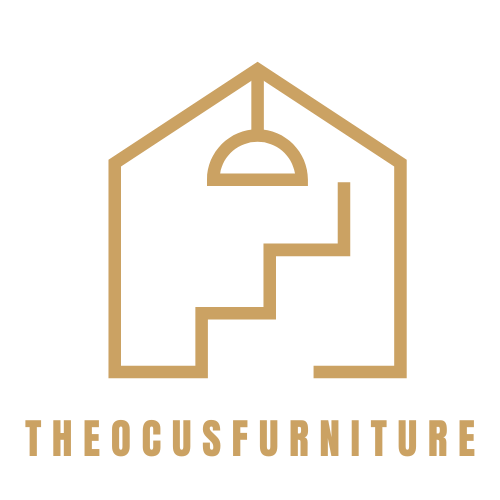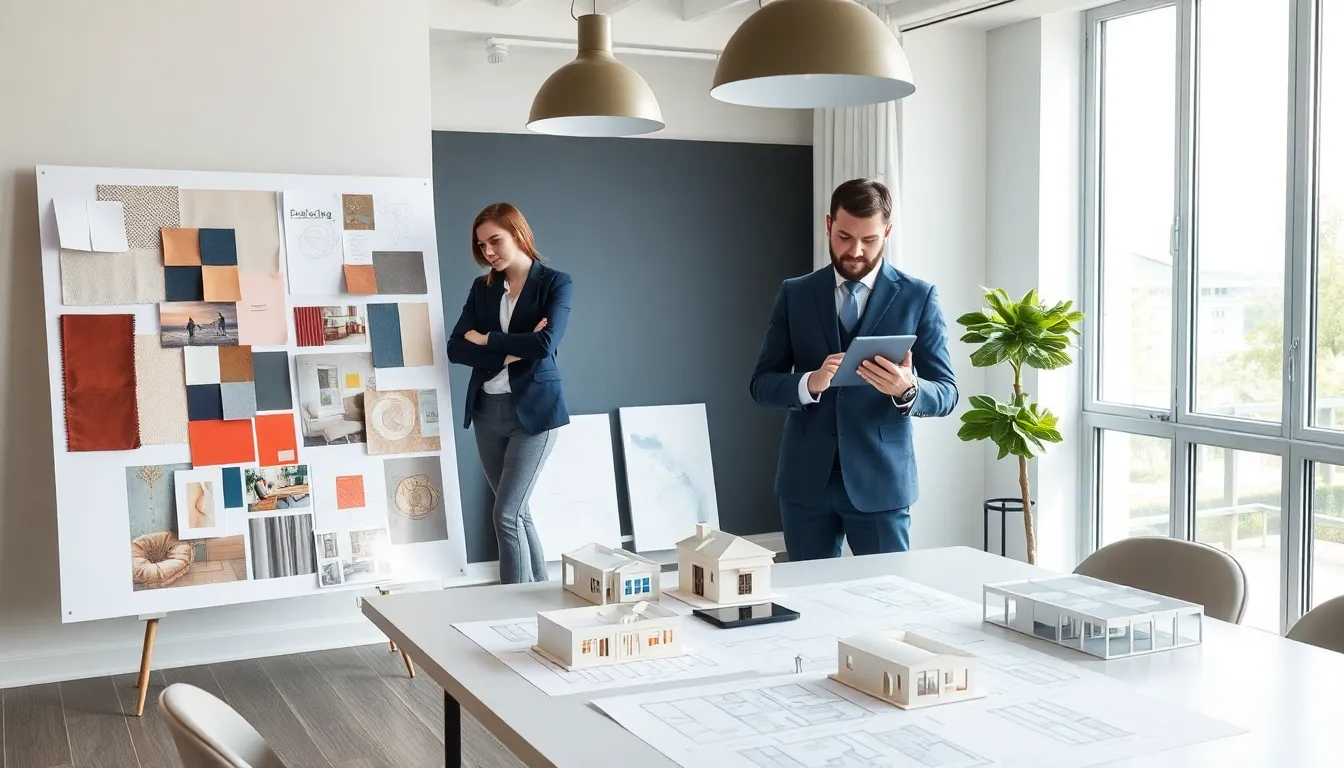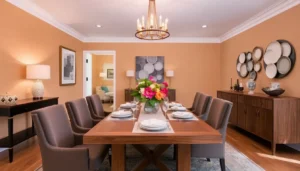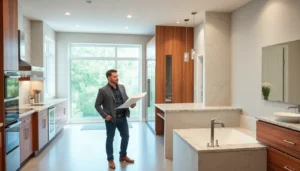Ever walked into a room and thought, “Wow, this is incredible.”? You can thank the magic of the interior design process for that moment. It’s not just about picking out pretty pillows or arranging knick-knacks: it’s an adventurous journey through creativity, planning, and collaboration. Strap in, because we’re about to jump into how these talented designers turn drab spaces into fab ones, all while ensuring that clients feel like rock stars during the transformation.
Table of Contents
ToggleUnderstanding the Interior Design Process
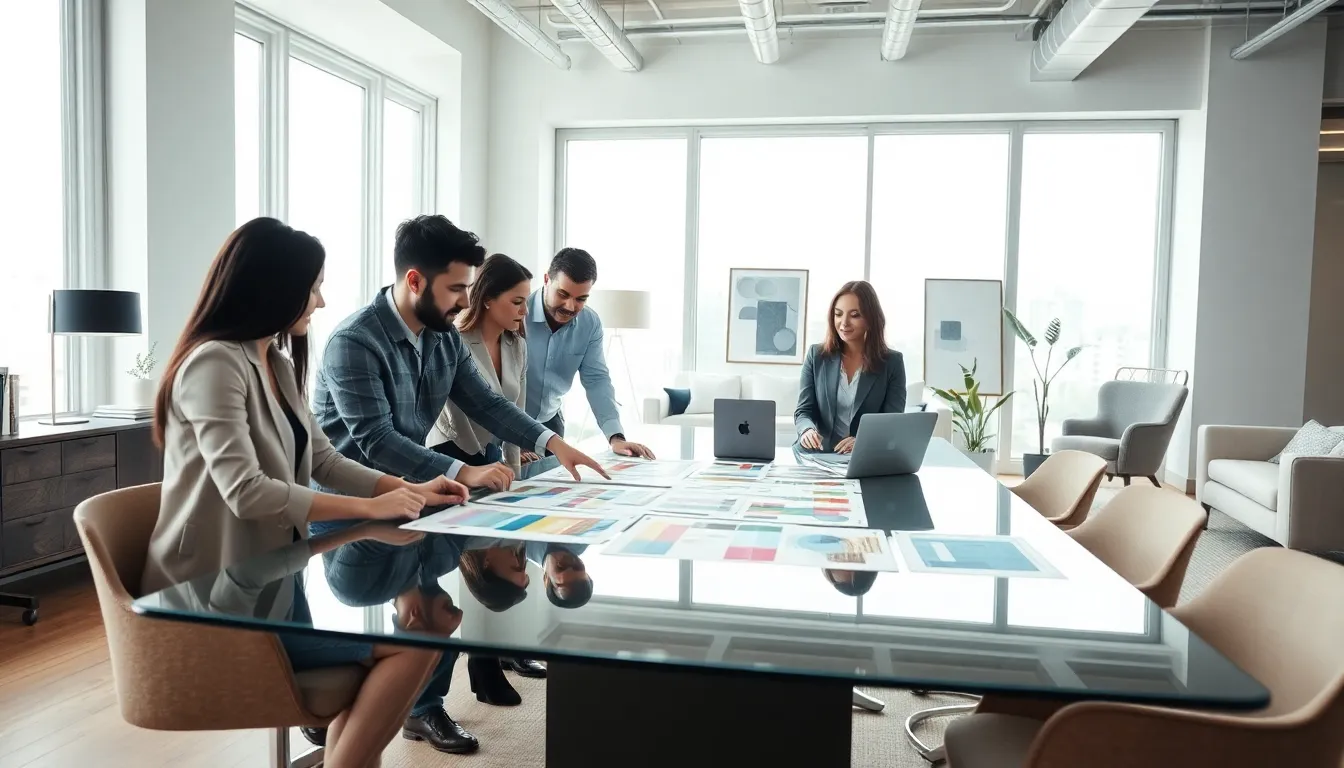
The interior design process is a multifaceted approach that blends aesthetics with functionality. It’s where creativity meets practicality. Designers interpret a client’s vision, translate it into a tangible plan, and use their skills and experience to create an environment that’s not only beautiful but also significantly enhances the user experience. From residential to commercial spaces, the process remains intricate and experiential, often reflecting the personality and needs of those who inhabit the space.
Stages of the Interior Design Process
The interior design process unfolds in several stages, each critical to the project’s success. Let’s break these down one by one.
Research and Concept Development
In the initial stage, designers really dig deep. They spend time understanding the client’s goals, gathering insights about their lifestyle, preferences, and any specific requirements. A clear design brief emerges from this, guiding the project. Through methods like surveys and interviews, designers refine their approach. It’s all about cultivating the right ideas that cater to both the function and style desired.
Space Planning and Layout
Next comes space planning and layout. It sounds straightforward, but there’s much to consider. Designers must account for how people will move through the space, ensuring it feels open, accessible, and inviting. They often create floor plans that identify furniture placement, circulation paths, and zones for different activities. Well-executed space planning can elevate a room and improve functionality.
Design Development and Mood Boards
Once the layout is settled, it’s time for design development. This step is where creativity shines through mood boards. Designers curate a collection of materials, colors, textures, and furniture that align with the project vision. Mood boards serve as visual references that bring coherence to the design. This phase transforms a bunch of ideas into something tangible, setting the stage for approval.
Final Presentation and Client Approval
With plans and mood boards in hand, designers present their concepts to the client. This is where the magic of persuasion kicks in. Through compelling presentations, they share how the vision will translate into reality, discussing everything from color schemes to furniture selections. Feedback is crucial here: clients might request adjustments or changes, steering the final design closer to their dream.
Implementation and Project Management
Once approved, the implementation phase begins. This is where a designer’s project management skills truly come to light. Coordinating with contractors, suppliers, and artisans, they ensure every element arrives on time and according to specifications. Communication is key, keeping the client updated and handling any unexpected bumps along the way makes this phase challenging, yet thrilling.
Evaluating Success and Feedback
Finally, once the project is complete, it’s time for evaluation. Designers gather feedback from clients during walkthroughs, assessing whether the design meets their expectations. This reflects on their overall success and often leads to future work. Gathering critiques allows designers to hone their skills and improve for the next project.
